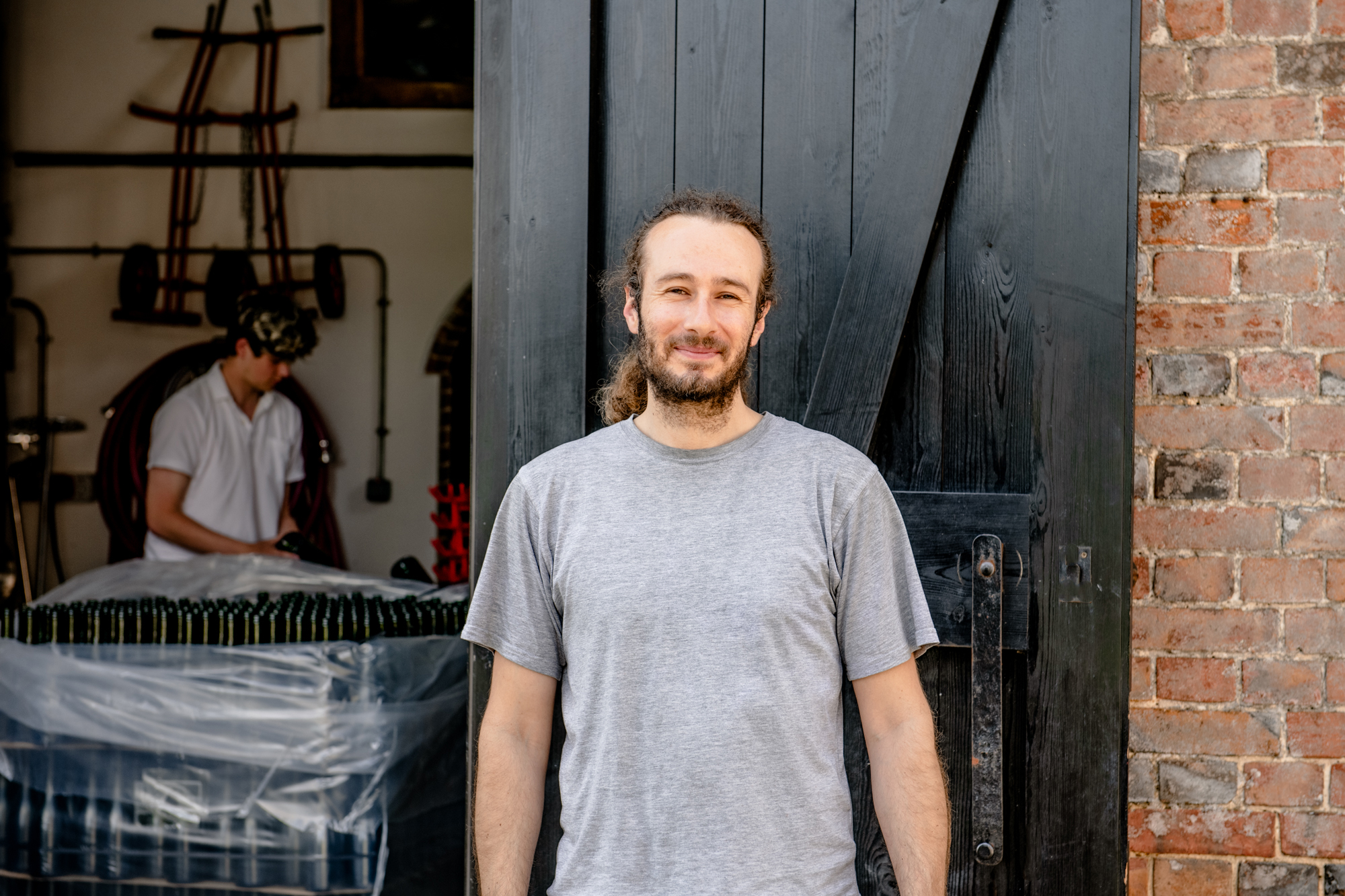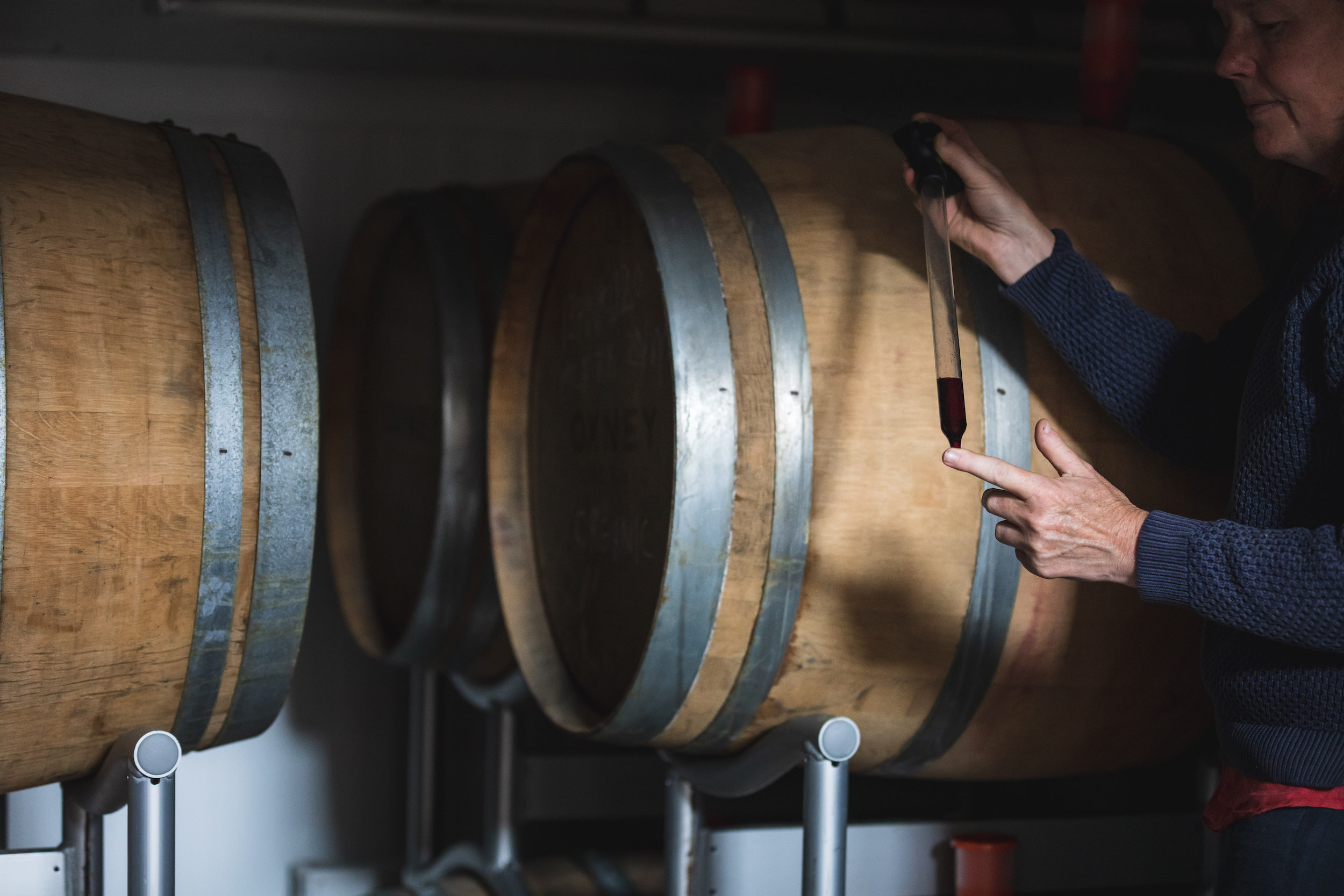Winemaker’s Note #1: Oak

We love Salvatore Leone’s views on winemaking. His knowledge is encyclopaedic, his opinions are always interesting and we’re lucky to have him in our winery. In his inaugural Winemaker’s Notes blog, Salvatore puts oak under the microscope.
Oak is one of the most talked-about topics in wine. Does it help or spoil wines? Are oak flavours in fashion and if so, which type? Is it overused, underused or badly used? How much is too much?
Everyone has an opinion and often those opinions come down hard on one side or other. Actually, the picture is nowhere near as clear-cut as many people like to make out.
As winemakers we may say that oak does great things to wine… but not every wine. In the centuries since wine began to be made and stored in wooden containers, so much has been learned about the effects of the container on the liquid inside. As a result, today oak is seen as a great tool for potentially great wines.
I say potentially great because if a wine doesn’t have the ‘genes’ to be great, an oak barrel could decrease its quality and ultimately turn a nice wine into a poor wine. I’m sure you’ve tasted some wines that taste purely of oak – their primary character has been overwhelmed, either due to a mismatch between wine and oak or a questionable winemaking choice.
The right match
A winemaker has to carefully choose which wine to put into contact with oak. For example: light, thin red wines of the type commonly made in England are easily overwhelmed by oak flavours. But this is not a reason to avoid oak altogether, as oak does far more at the different stages of winemaking than impart distinct ‘oaky’ flavours in a wine.
Oak flavours in wine
Of course, these flavours (from vanilla, cinnamon and coconut to cloves, smoke, cedar and tobacco) are very important and well known. Many people have an idea of the difference between American oak (sweeter, more aromatic) and French oak (richer in tannin, less aromatic, more elegant). But as so often with wine, the truth is more complicated. These differences are actually less about the species of oak, more about where the trees are grown (terroir matters in oak too) and how the staves are treated in the factory.
You may think oak is traditional and “tech free”. Think again! In addition to winemaking choices, there are many cooperage techniques that impact on a wine. Different batches go into a laboratory to select the best. Meanwhile, specific oak flavours in the final wine depend to a large degree on the amount of “toasting” happening in the cooperage.
Non-toasted oak contributes tannins, sweetening polysaccharides and very few aromas, while highly toasted oak is the most aromatic. Toasting introduces new compounds such as vanillin, which are not naturally present in non-toasted oak. This, not the American species of oak, is where vanilla aromas come from in oaky wines.
The vital role of oxygen
Alongside flavours, tannins and polysaccharides, time in oak gives one more precious gift to wines: oxygen.
Did you know that about 80% of French oak is full of air? Then the 20.9% of this is oxygen. This oxygen can be either good and bad for a wine, depending how much is introduced, when, in which conditions and, as noted above, the wine itself.
The right oxygen intake has a positive effect on flavours and increases complexity over time. It has to be slow enough to give the wine time to react without oxidising it. Oxidation occurs when too much oxygen is introduced in too short a space of time: this can spoil the wine by setting on a chemical journey to vinegar.
How much is too much? Again, the answer to this question is not set – it differs from wine to wine and harvest to harvest.
What we are looking for from oak contact is a relatively big initial hit of oxygen, followed by constant ‘micro-oxygenation’. Proportionally, smaller barrels provide more oxygen, larger barrels provide less. But once again, different oaks from different terroirs with different thickness of staves change the oxygen ratio and affect ageing in different ways. Environmental conditions such as temperature, moisture and altitude all play a part too.
Barrels, staves or chips?
So far we have talked mostly about barrels, because this is what most people think of when discussing oak in wines. But there are other methods for introducing the effects of oak, such as oak staves or chips. I know most people see these as “cheating” or “cheap winemaking”. However, it might be better to see this attitude as a cultural process.
As wine lovers, we are born with the image of a beautiful barrel in our minds, while oak chips and staves have only quite recently been introduced to winemaking and wine laws. Barrels, staves, chips: there is no right and wrong. All have their function and none of them can entirely replace the other. Ultimately this choice, like so many others in winemaking, is simply a way to define a wine’s style.
A question of taste
All of these choices are complex and only correctly made by looking at the wine in front of us and drawing on years of experience. As a wine is being made, every tasting is seen as prospective – understanding how it will evolve is something that cannot be learned from a book or a chemical analysis. We must call on our knowledge and personal memory bank, and trust our feelings!
Scientifically speaking, we can never be 100% sure of our decisions. It’s only the glass that can tell us which decision to make and when… with oak as with so many other choices in the winery.
Follow Salvatore on Instagram and Twitter
Image credits: Key & Quill | Matt Hickman
